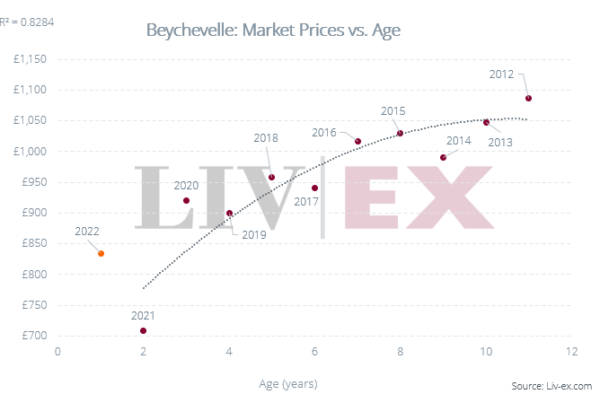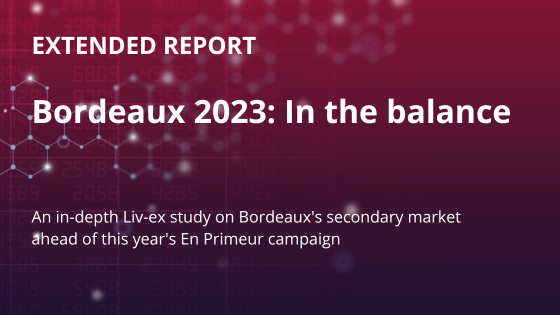Last week the international fine wine trade (including Liv-ex) battled wind and rain to taste the 2009 vintage in Bordeaux.
For those left behind, the best way to keep up with the latest news on the tastings was arguably on Twitter. You can view the Liv-ex tweets from last week here. (See US blogger Dr Vino's post for a quick run down of the various chirpings from the major players.)
With Easter weekend now over, the trickle of tasting notes we had last week has turned into a flood. As well as the scores from James Suckling, we now also have the majority of notes from Jancis Robinson MW, Decanter, Anthony Rose, Jane Anson, Chris Kissac and Bordoverview. All are overwhelmingly positive, with only minor caveats when it comes to certain wines on the Right Bank.
We'll leave the scoring to the critics, but below are our own thoughts on 2009 Bordeaux.
- The opinion on Lafite was subdued. No matter. As one merchant said: “We will still buy all we can.”
- In contrast, Latour was a stunner. As was Forts de Latour. Big and brooding.
- In fact, most of the second wines were great. Pagodes de Cos an early favourite for value pick. Its big brother (in all senses) will split opinion.
- Mouton: Armailhac and Clerc Milon were delicious. Mouton itself was harder to pick and opinion was divided (bottle variation?).
- Haut Brion has redesigned its range. We now have: Haut Brion, Clarence de Haut Brion (was Bahans), Haut Brion Blanc, Mission Haut Brion, Chapelle de la Mission Haut Brion, Mission Haut Brion Blanc (was Laville Haut Brion) and Clarté de Haut Brion (was Plantiers de Haut Brion). Got that? The wines were great, Haut Brion was fantastic.
- The big names of the Right Bank were on form. Particularly Petrus and (in contrast to recent years) Cheval Blanc.
- As we heard at Calon Segur, there were two styles available to chateaux this year (particularly on the Left Bank): “You had really good Merlot and Cabernet Sauvignon fruit and the work in the vineyard was relatively easy. The hard bit this year, compared with 2005, was that you then had a choice. Either make a big, dense, tannic and high alcohol wine by using a good proportion of your Merlot to go with your Cabernet; or go for the concentrated, yet fresh, elegant and fruit driven wines by increasing the proportion of Cabernet.” (Calon has 90% Cabernet Sauvignon this year).
- Both styles, if made correctly, brought great success in 2009. But, perhaps, this is why many are saying 2009 is better than 2005 – they are much easier to taste and much more openly flattering.
- As such they will drink before the 2005s and they are not necessarily superior. Furthermore, some of the big names on the Right Bank went overboard on concentration.
- On the pricing front, everyone is expecting “tard et cher” – late and expensive. As an aside, Sterling/Euro is 26% off in March 2010 versus June 2006, so UK buyers start with a 26% hit already compared to the 2005 vintage.
- As usual Parker will have large say on pricing (he surely has to give better scores than he did for the 2008 vintage, which means they will be higher than for the 2005s).
- If the anecdotal evidence on demand is to be believed, we are set for a good (perhaps very good) campaign.
We are once again running our annual survey, canvassing the views of trade members who attended the en primeur tastings (see last year's here). As usual, we will be asking our traders to predict the release price of a basket of wines. The participant that gets closest to the total will receive a double magnum of Figeac 2005. Details of how to take part have been sent to the Liv-ex membership. If you haven't received an invite and would like to participate, please email [email protected].





